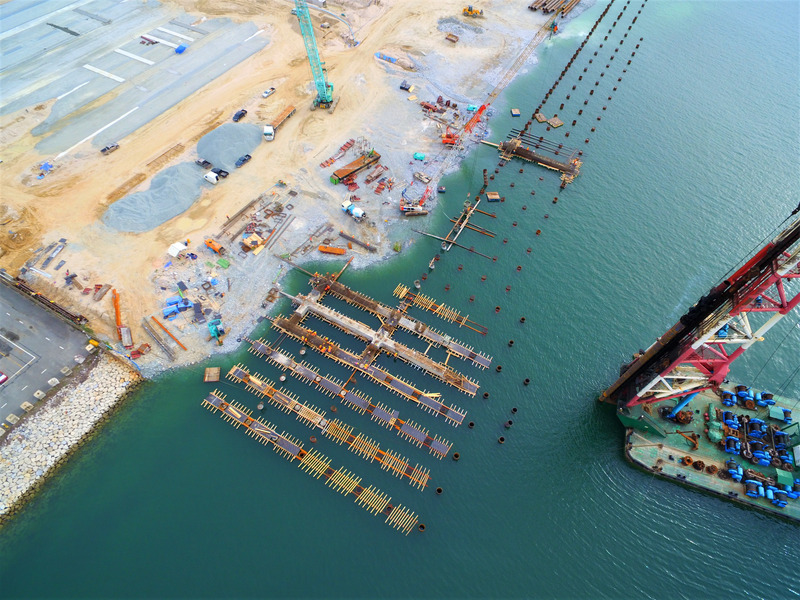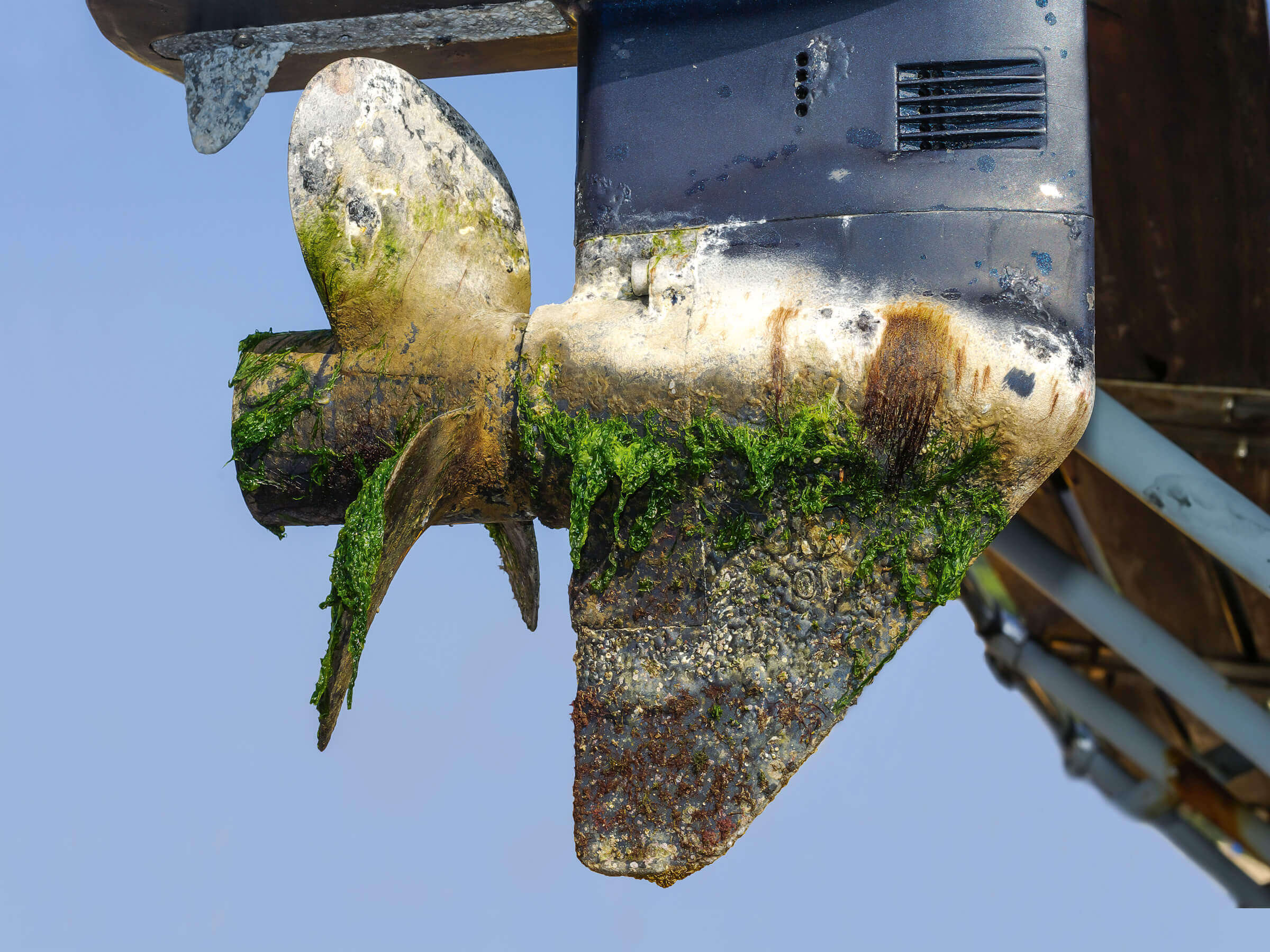Importance of Metal Coating in the Marine Industry
To avoid deterioration of metal in water, a coating is applied to exposed metals. This process of protecting the metal is imperative to the longevity and efficiency of the vessel and other machinery operated in the marine industry.
Issues caused in a marine ecosystem
Corrosion of metal on a sea vessel is a major issue. The chemical reaction between the salt in the water and the chemical makeup of the metal creates an oxidation reaction that deteriorates the integrity of the metal. This chemical reaction will vary depending on numerous variables, including the type of metal, duration of contact, temperatures, and more.
In addition, the continuous exposure of the vessel’s hull to the ocean creates a buildup of organisms on the hull that then creates a drag in movement, resulting in reducing the efficiency of the vessel’s speed. This situation is termed “fouling” and is a serious issue in the marine industry.
Solution for the above issues
To combat corrosion and accumulation of organisms, a coating is applied to the metals. It is very important to have a proper coating thickness to avoid deterioration and improve efficiency. There are numerous coatings that can be applied, depending on the application and environment. Testing the chosen metal coating for thickness and consistency is imperative from a quality standpoint.
Why PortaSpec® from Cianflone Scientific?
Cianflone Scientific’s process to evaluate the thickness of the metal coating and check for specific elements in the coatings is valuable in the marine industry. PortaSpec uses WDXRF technology and is capable of testing elements in the range from titanium to uranium. The PortaSpec process tests a sample of the coating and provides an accurate result that is used in the quality control processes.
Cianflone Scientific’s PortaSpec® evaluation/testing is crucial to the efficiency and longevity of metals in the marine industry.






